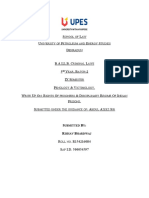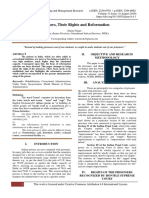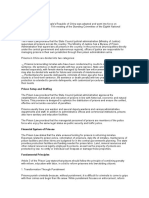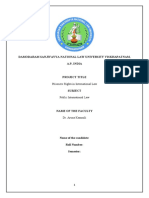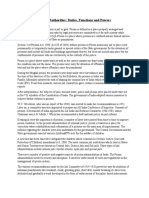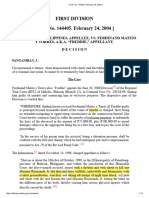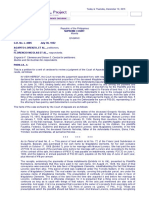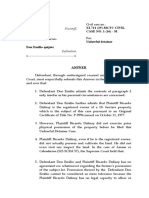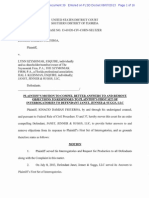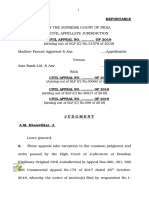0% found this document useful (0 votes)
52 views20 pagesPrisons Act
The Prisons Act of 1894 is a significant yet outdated piece of legislation in India that primarily focuses on the operational aspects of prisons rather than the rehabilitation of prisoners. It highlights the inhumane conditions faced by inmates, particularly undertrials, and calls for reformative measures to ensure humane treatment and the protection of prisoners' rights. The document advocates for a shift from punitive approaches to a more rehabilitative framework that respects the dignity of individuals in the prison system.
Uploaded by
swetharajandhranCopyright
© © All Rights Reserved
We take content rights seriously. If you suspect this is your content, claim it here.
Available Formats
Download as DOCX, PDF, TXT or read online on Scribd
0% found this document useful (0 votes)
52 views20 pagesPrisons Act
The Prisons Act of 1894 is a significant yet outdated piece of legislation in India that primarily focuses on the operational aspects of prisons rather than the rehabilitation of prisoners. It highlights the inhumane conditions faced by inmates, particularly undertrials, and calls for reformative measures to ensure humane treatment and the protection of prisoners' rights. The document advocates for a shift from punitive approaches to a more rehabilitative framework that respects the dignity of individuals in the prison system.
Uploaded by
swetharajandhranCopyright
© © All Rights Reserved
We take content rights seriously. If you suspect this is your content, claim it here.
Available Formats
Download as DOCX, PDF, TXT or read online on Scribd
/ 20



